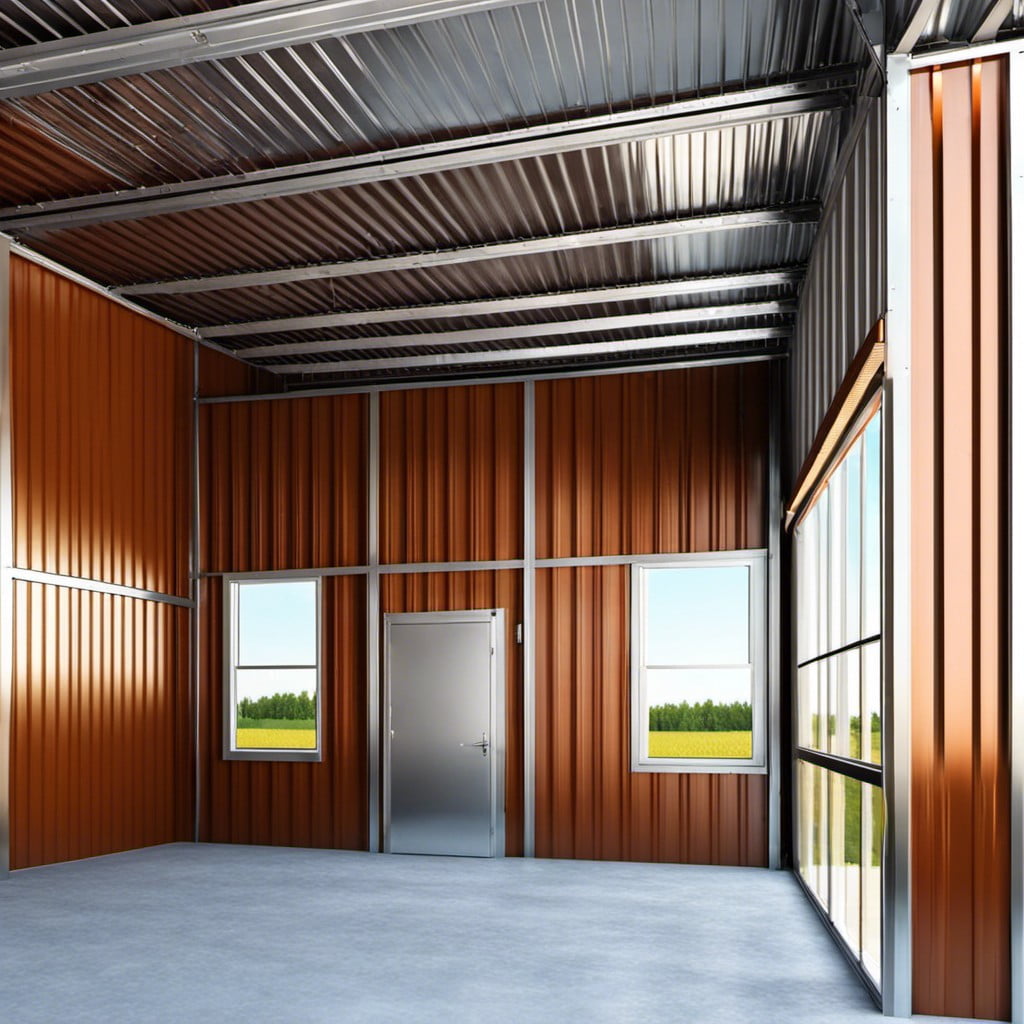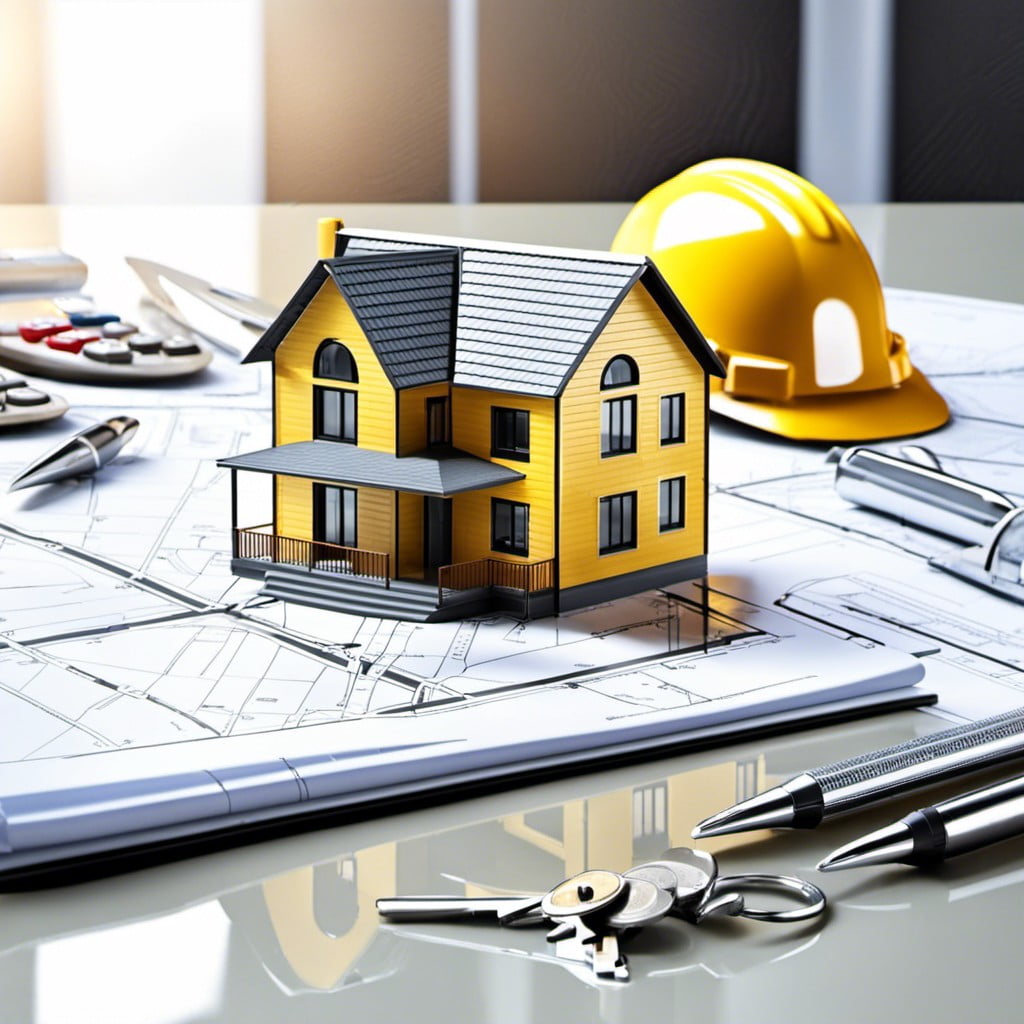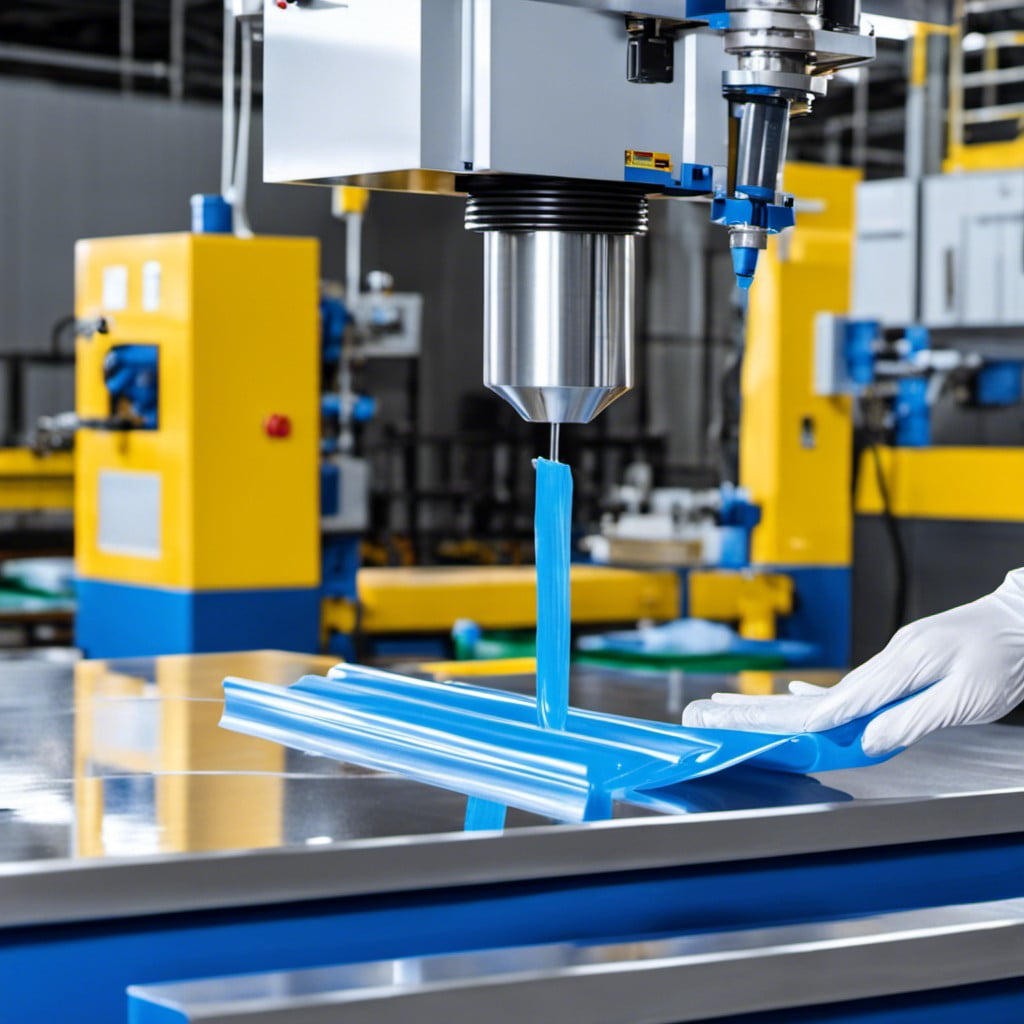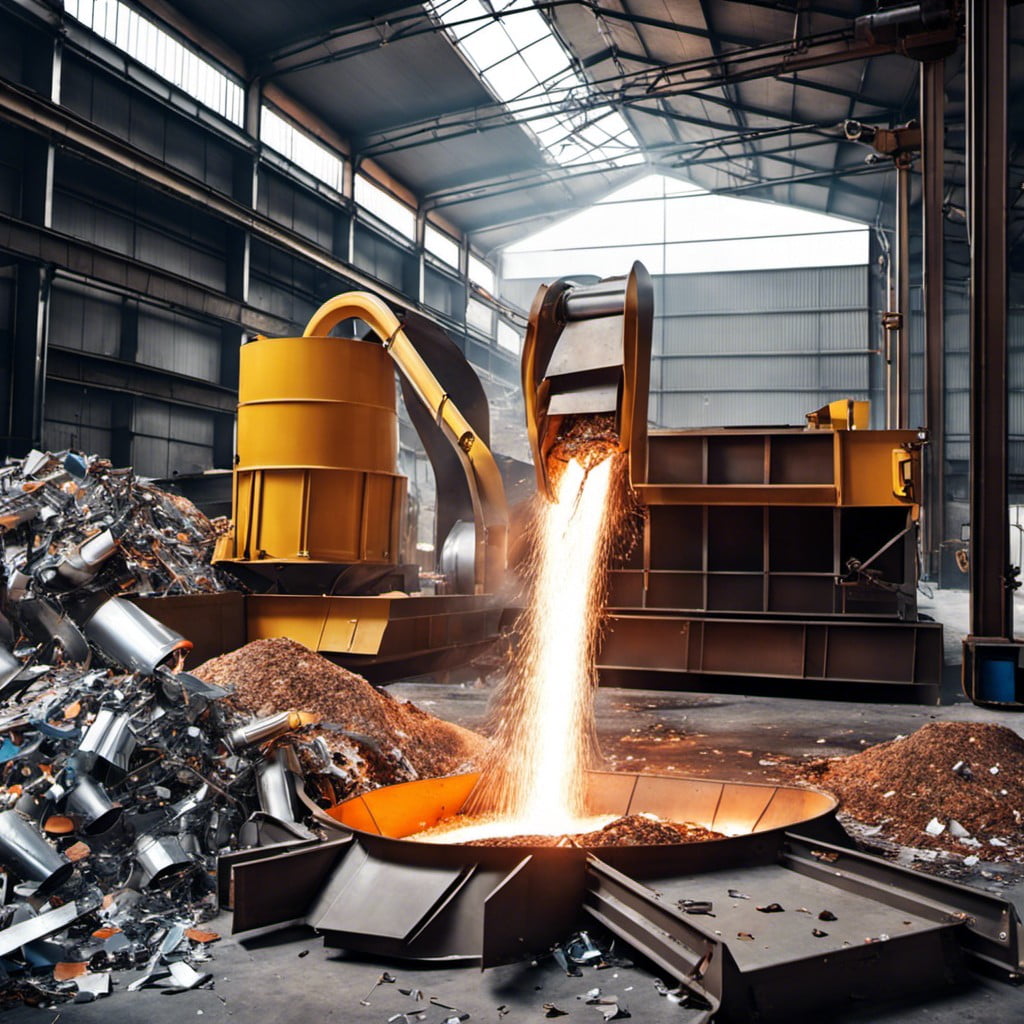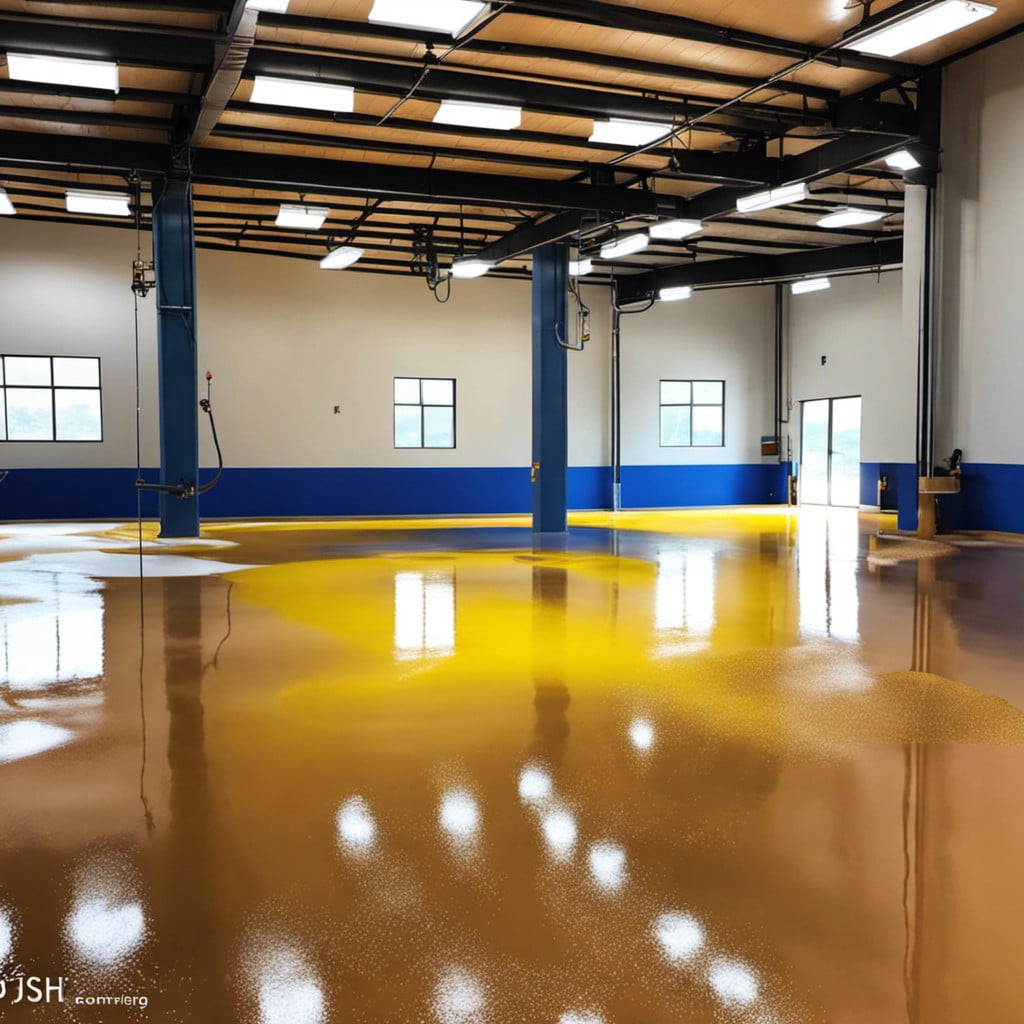Explore the dynamic trends and influential factors shaping the global vinyl siding market, providing a comprehensive insight into its current status and future potential.
The vinyl siding market is a dynamic and complex sector, characterized by a plethora of trends, statistics, and projections. Whether you’re a manufacturer, a distributor, or simply a curious mind, understanding these numbers is crucial.
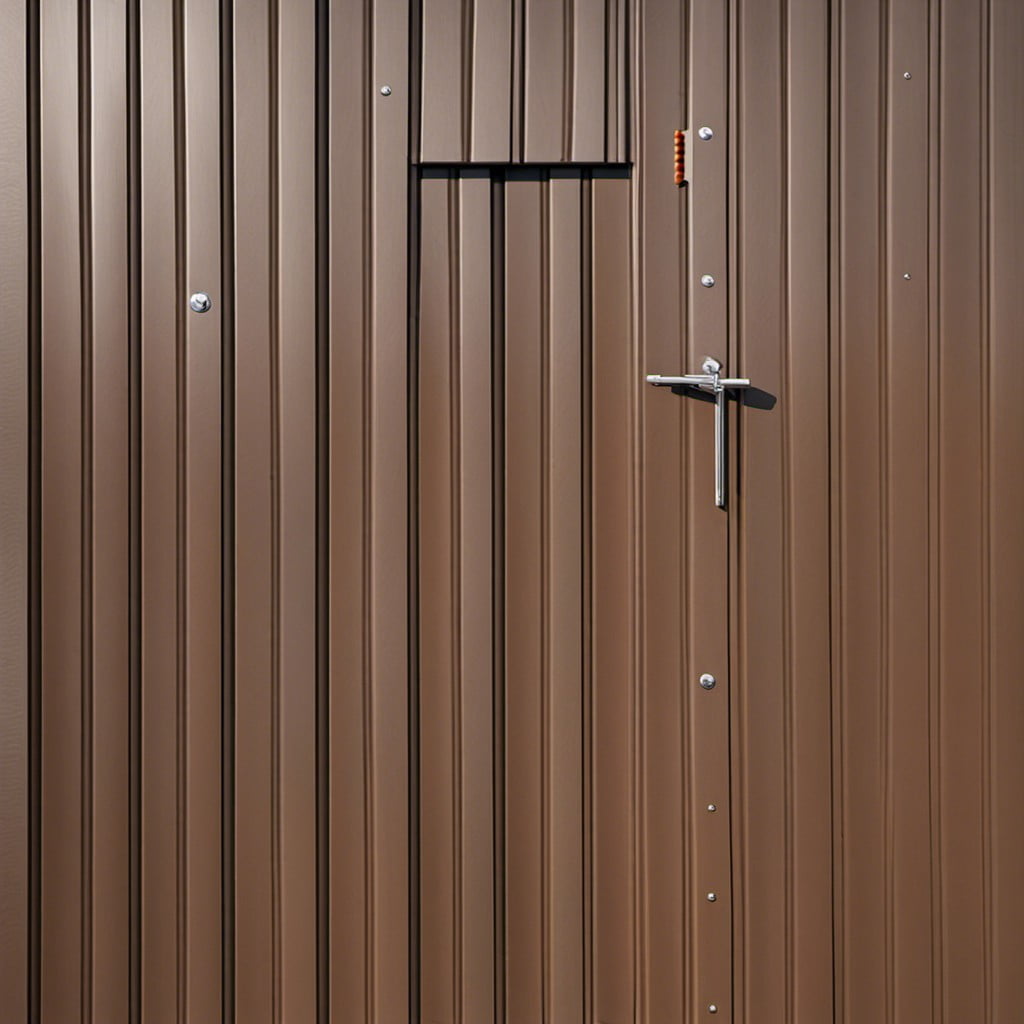
This article delves into the latest data on market size, growth rates, key players, regional breakdowns, and future forecasts. Moreover, it explores the driving forces behind these figures, from the rising demand for durable, low-maintenance materials to the impact of environmental regulations.
Stay with me as we unravel the intricacies of the vinyl siding industry, providing you with an all-encompassing view of its current state and potential trajectory.
Vinyl siding is the most popular choice in the US
Citing its affordability and durability, American homeowners have continuously favored vinyl above other materials. A trend that’s easy to understand when considering its low maintenance requirement and resistance to common issues such as rot and insect damage.
This resin-based product also offers a wide range of design flexibility and color options, providing ample opportunity for a personalized aesthetic. Importantly, it’s also resistant to the elements, ensuring a longer lifespan and thus, presenting an even more economic option in the long run.
The demand for vinyl is surging 12% annually
Undeniably, the fascination with vinyl siding is increasing year after year. This escalation is quantified with a mighty annual rate of 12%. Google Trends further attest to this, revealing a parallel surge in online searches for vinyl siding reflecting the increasing consumer interest. This surge is not stand-alone. It is directly linked to broader factors such as economic growth, population increase and major advances in material technology.
The enduring appeal of vinyl encapsulates an intriguing story of supply, demand, and quality. Vinyl siding’s longevity, wide variety of color options, cost-effectiveness, and low maintenance resonate strongly with homeowners, therefore driving demand upward. In fact, this rising popularity of vinyl is expected to continue in the foreseeable future.
There are 128,012 roofing and siding contractors businesses in the US as of 2023
In 2023, a proliferation in the number of businesses focusing on both roofing and siding is notable, tallying up to 128,012 across the United States. This figure indicates a thriving industry, underscoring the continued reliance on professional services for installation, replacement, and repair of roofing and siding—particularly vinyl, amongst homeowners and commercial property owners.
There is an increase of 2.7% in siding and contracting businesses from 2022 to 2023
The trajectory of growth for siding and contracting businesses has been noticeable.
From 2022 to 2023, the field saw a promising rise of 2.7%, indicating a flourishing market.
This upward trend reflects the increased demand for vinyl siding, implying a prosperous future for industry players.
24% of new homes in the US use vinyl sidings and fiber cement 23% at the second spot
In recent construction trends, close to a quarter of all new American residences feature vinyl sidings, making this material the top choice in home exteriors.
Meanwhile, fiber cement is a tight contender, utilized in approximately 23% of novel home constructions.
The near neck-and-neck race between these two materials underscores the importance of both in the current housing market.
These trends underscore homeowners’ preference for durability, aesthetic flexibility, and maintenance ease, attributes inherent in both vinyl and fiber cement.
More than half, 53%, of American homeowners have new sidings installed in their homes
Indeed, a substantial number of homeowners in the U.S. are recognizing the benefits of installing new siding. In percentage terms, this figure stands at 53%. This reflects a growing trend towards modifications for aesthetic enhancement, preservation of structural integrity, and improved energy efficiency.
More importantly, this trend is a testament to the reliable nature and longevity associated with vinyl siding, making it a preferred home improvement choice among the American populace. It’s a clear indication of the direction the market is taking and the potential future growth expected in the vinyl siding industry.
39%of homes with new sidings cite damage as their reason for replacement
Residential property damage is a key catalyst for vinyl siding replacements. In analyzing homeowner motivations, it’s revealed that damage accounts for a significant 39% of siding replacements.
This can encompass a range of issues – from severe weather impacts, to accidental damage, aging-related wear, and even pest infestations.
The resilience of vinyl to these issues, coupled with its relative ease of replacement, cements its place as a top choice for homeowners seeking to mitigate future challenges.
36% of homeowners install new sidings to increase their home’s curb appeal
Enhancing the aesthetic of their homes is a significant motivator for many homeowners when deciding to install new sidings. Approximately 36% of individuals claim curb appeal as their primary influence.
More than just an exterior protective layer, sidings contribute to the overall design and “look” of homes, serving as a key factor in real estate value. Essentially, better-looking homes tend to command higher market prices.
Moreover, a variety of colors, materials, and designs available in vinyl siding allows homeowners to customize and enhance their homes’ exterior appearance to their preference.
32% of homeowners install sidings to boost their home’s energy efficiency
A significant percentage of households are increasingly recognizing the energy-saving advantages of vinyl siding. These installations serve as additional insulation, reducing thermal bridging, and thereby, improving the overall thermal efficiency of the home.
By equipping the house with this thermal barrier, homeowners can notice a significant reduction in energy usage, which translates into reduced utility bills, moving a step closer to a greener and more sustainable way of living. It’s a strategy that combines aesthetic appeal and long-term cost-effectiveness, making it a popular choice among discerning homeowners prioritizing energy efficiency.
Another 32% of homeowners install new sidings to reduce their exterior maintenance their exterior maintenance
Investing in vinyl siding as a home improvement measure means reducing exterior maintenance. For many, it’s a time and cost-efficient solution. A significant portion of respondents, specifically 32%, indicated this as their primary reason.
Vinyl sidings are known for their durability and resilience against the elements. They don’t peel, chip, or crack, unlike traditional wood sidings. Nor do they require repainting, which is a routine necessity for other types of sidings. As such, vinyl provides homeowners with the perk of long-term savings on repair and restoration costs, encapsulating the adage of ‘a stitch in time saves nine.’
The lower maintenance requirement also frees up homeowners’ time, allowing them to focus on other aspects of their lives or homes.
References:
- https://www.factmr.com
- https://www.forbes.com/
- https://www.globenewswire.com/
- https://www.ibisworld.com
- https://www.plasticsnews.com/
Recap
